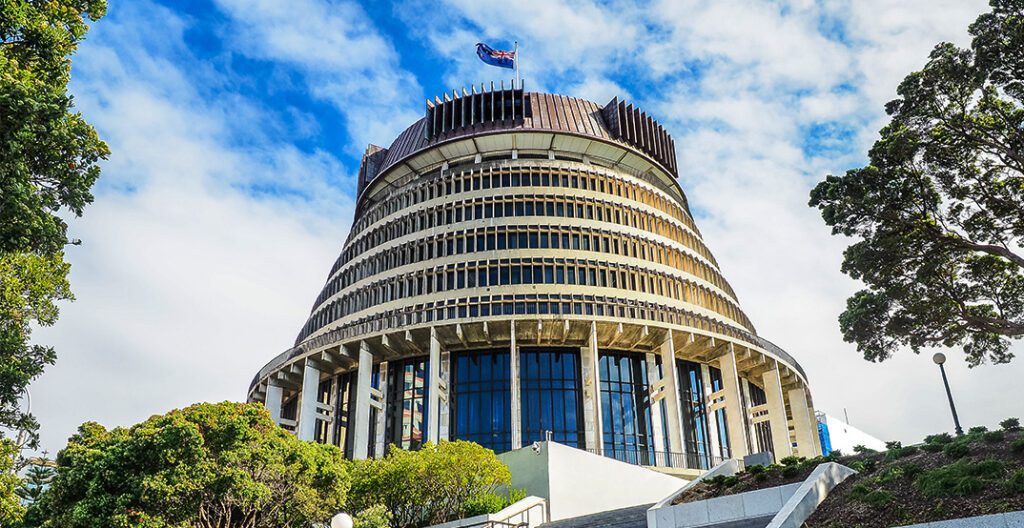A leading network of accountants and advisors
Delivering the thinking and solutions you need, with the dedication and relationship continuity you deserve
A leading network of accountants and advisors
Delivering the thinking and solutions you need, with the dedication and relationship continuity you deserve
Latest Insights & News










Our global alliance
As a member of Praxity, the world’s largest alliance of independent accounting firms, William Buck is supported by an extensive global network. With access to an international pool of resources including 76,600 professionals in over 120 countries, being a member of the alliance means we can better enable our clients to grow and where desired, realise their global potential.







